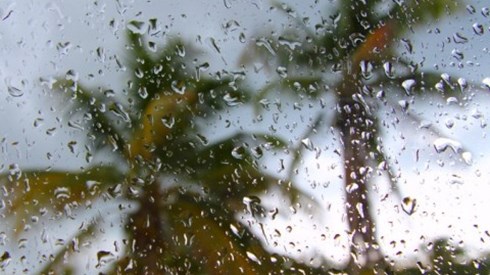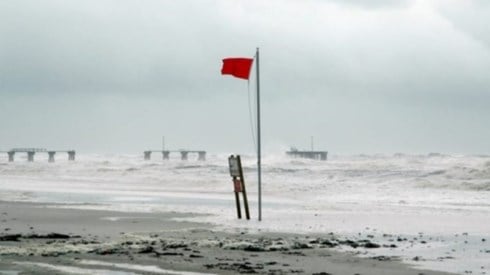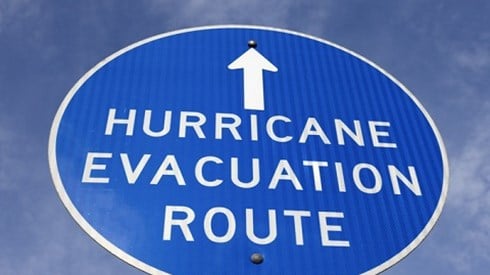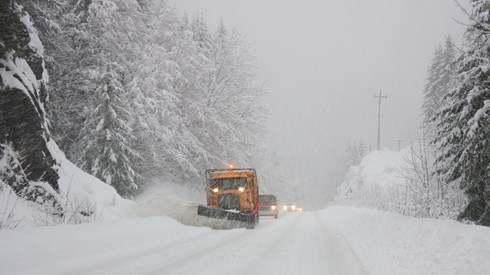For Insurers, 2022 Was Fifth-Costliest Catastrophe Year on Record

January 30, 2023

While global economic losses from 2022's natural catastrophes are 4 percent above the 21st century average at $313 billion, the $132 billion in insured losses from those catastrophes is 57 percent above the 21st century average, according to Aon.
In its 2023 Weather, Climate and Catastrophe Insight report, Aon notes that for insurers, 2022 was the fifth-costliest year on record, as climate change drove extreme weather events.
The year saw 421 notable disaster events, according to the Aon report. Those included 39 billion-dollar economic loss events and 19 billion-dollar insured loss events.
Half of 2022's catastrophe losses occurred in the United States, largely the result of Hurricane Ian and a number of severe convective storm outbreaks, with 75 percent of the year's global insured losses recorded in the United States. In addition, the report says three global drought events—occurring in the United States, Europe, and China—ranked among the year's 10 costliest disasters, underscoring the peril's growing significance around the world.
Hurricane Ian was responsible for approximately $50 billion to $55 billion of insured losses covered by private and public entities, Aon says, leaving it second only to 2005's Hurricane Katrina, which caused a $99 billion insured loss on an inflation-adjusted basis.
At least 5 events during 2022 caused more than $10 billion in economic losses, Aon says. Economic losses from Hurricane Ian were approximately $95.5 billion—greater than the total of the next 7 events combined, according to the report.
Meanwhile, cumulative drought losses in European countries reached their highest level since 2003, causing $22.0 billion in economic losses, according to the report, while the United States experienced its worst drought since 2012 with $16 billion in economic losses. Only once before, in 2003, have drought events in the United States and Europe both found their way into a year's top 10 catastrophes.
Elsewhere in the world, floods in Pakistan and China each were responsible for $16 billion in economic losses. Floods in Queensland and New South Wales, Australia, in February and March resulted in insured losses of $4 billion, Aon says. That was the greatest loss in the history of the Australian insurance sector. Likewise, April floods in South Africa were the costliest for that country's insurance industry, with an estimated $1.8 billion in insured losses.
The Aon report notes that of the top 10 global economic loss events in 2022, all but 1 were weather- and climate-related. The only two geophysical disasters that topped $1 billion in economic losses in 2022 were the March Fukushima Earthquake in Japan and September Sichuan Earthquake in China, Aon says.
With global insured losses of $132 billion—well above the 21st century average of $84 billion, 2022 was the third consecutive year those losses topped $100 billion and only the eighth time insured losses reached that level, the report says.
Examining cumulative insured losses by peril since 2000, tropical cyclone is the costliest global peril, Aon says, followed by severe convective storms. Approximately 40 percent of the cumulated losses from tropical cyclones this century were the result of 5 Atlantic hurricanes—Katrina, Ian, Irma, Ida, and Sandy, Aon says.
The year also saw extreme weather records broken, Aon says, with many regions seeing prolonged droughts and extreme heat waves. The summer of 2022 was the hottest on record in Europe while the United Kingdom experienced a record high temperature. Europe experienced some 19,200 heat-related fatalities during the year, the Aon report says.
"This is a reminder that the impact of climate change on communities around the globe is tangible and that behavior of certain natural perils will continue to be affected," the report says. "Many disasters in highly exposed areas, including Hurricane Ian or the devastating floods in Pakistan, highlight the need to strengthen resilience, as socioeconomic change and concentration of exposure and wealth in vulnerable areas remains a major loss driver."
Examining the geographic distribution of 2022 catastrophes reveals certain patterns, the report says, including the greater frequency of medium-sized severe convective storm (SCS) events in the United States and Europe, and the prevalence of flooding events in Africa, Southeast Asia, and Oceania.
The report notes that 2022's protection gap—the difference between economic losses and insured losses—was 58 percent. "While this is one of the lowest protection gaps on record (only matched by a similar percentage from 2005), the remaining gap presents both a challenge for the global resilience, as well as an opportunity to facilitate further protection," the report says.
The Aon report says the reduction of the protection gap in both 2022 and 2005 was the result of extremely costly hurricane events in the United States, a country with a relatively mature insurance market, during those years.
While Asia, which has a developing insurance market and relatively low coverage, experienced costly flooding events in Pakistan, India, and China during 2022, overall economic losses in the region were still below average, the report says.
"The protection gap remains a critical reference point for the insurance industry, financial markets, and governments as it highlights the vulnerability of communities and the opportunity for new solutions," Aon says.
The adoption of effective adaptation strategies and better disaster management and warning systems can help protect communities from future catastrophes, Aon says.
January 30, 2023






